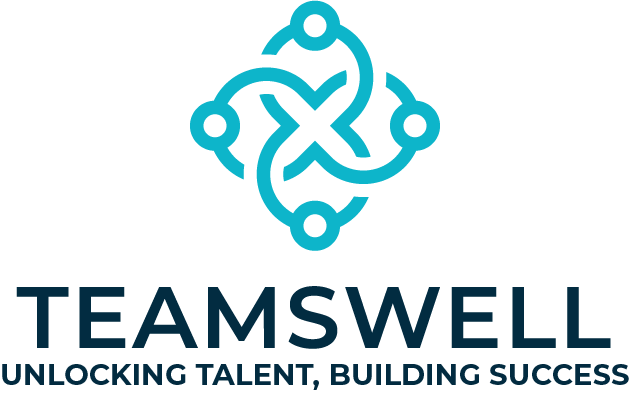Most startup forecasts fail because they’re optimistic guesses, not strategic analyses. Real revenue forecasting isn’t hoping; it’s about using precise metrics, historical data, and strategic assumptions to predict your future accurately.
This guide provides a proven, step-by-step strategic approach, helping you accurately forecast revenue by defining clear KPIs and using strategic calculus rather than vague assumptions.
Step 1: Clearly Identify Your Revenue Drivers
Understand precisely how your revenue is generated. Categorize clearly:
- Recurring revenue: Subscriptions, retainers, annual contracts
- Transactional revenue: E-commerce, product sales, one-off services
- Project-based revenue: Seasonal projects, consulting, custom engagements
Identify critical drivers for each:
- Customer growth rate (monthly/quarterly)
- Average deal size (ADS) or average transaction value (ATV)
- Sales conversion ratio (leads → customers)
- Average sales cycle length
Step 2: Strategic Historical Analysis
Use your historical financial data strategically. Evaluate at least 12-24 months, tracking KPIs clearly:
- Monthly Revenue Growth Rate (MRGR): Percentage growth month over month
- Average Customer Lifetime (ACL): How long customers typically stay
- Customer Retention Rate (CRR): The percentage of customers retained each period
- Seasonality and revenue volatility: Identify regular fluctuations
Use these insights to accurately project realistic future scenarios.
Step 3: Develop Clear and Strategic Assumptions
Translate your historical insights into strategic future assumptions. Base these assumptions on:
- Anticipated market growth rates and industry benchmarks
- Conversion rate adjustments (realistic improvements or declines)
- Pricing adjustments impacting average deal size
- Macro-economic or industry-specific risks (regulations, competition, market shifts)
Ensure assumptions are conservative and realistic, grounded in data.
Step 4: Scenario Modeling
Create three revenue scenarios clearly defined by different strategic assumptions:
- Baseline: Conservative historical trends continuing
- Conservative: Economic downturn, longer sales cycles, lower conversion rates
- Aggressive: Optimistic sales performance, shorter cycles, improved retention
Scenario planning allows proactive management rather than reactive firefighting.
Essential Revenue Forecasting KPIs Every Founder Must Understand
- Customer Acquisition Cost (CAC): The cost to acquire each new customer, crucial for managing sales and marketing budgets
- Lifetime Value (LTV): Projected total revenue from each customer—driving strategic investment decisions
- Revenue Per Customer (RPC): A clear profitability measure per account
- Sales Conversion Rate: Critical to understanding sales team effectiveness
- Average Sales Cycle Length: Directly impacts cash flow forecasting and financial resource planning
How Teamswell Helps You Hire the Right Financial Experts
Teamswell specializes in helping startups nearshore high-caliber financial talent from Latin America:
- Strategic financial analysts and controllers adept in forecasting
- Compliance, payroll, HR fully handled by Teamswell
- Cost-effective way to build a strong, strategic financial backbone
Real Forecasting Requires Real Talent
Revenue forecasting isn’t a guessing game—it’s precise, data-driven, and strategic. The right financial experts turn forecasting from uncertain to reliable, guiding you confidently towards sustainable growth.
Teamswell helps you hire these strategic financial leaders, ensuring forecasting accuracy, smarter planning, and predictable business outcomes.
Ready for accurate revenue forecasting?

